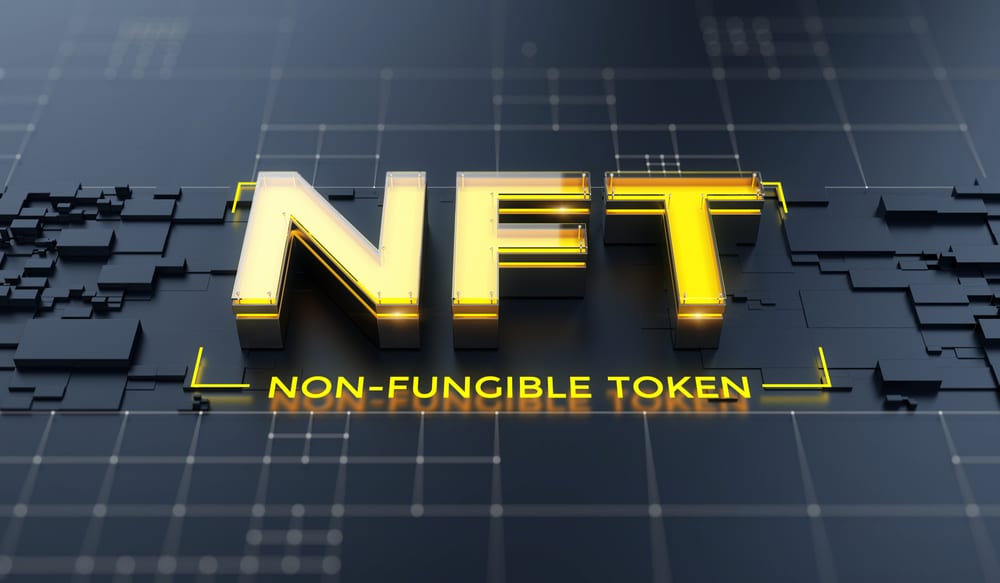What are CBDCs? Beginners Guide to Central Bank Digital Currencies

A Central Bank Digital Currency (CBDC) is a digital representation of a nation’s official currency, overseen and sanctioned by its central bank. Unlike tangible traditional currencies, CBDCs are purely digital, signifying a progressive phase in financial systems. CBDCs are introduced to offer a digital counterpart to real cash, promoting faster, safer, and more effective monetary dealings.
The distinction between CBDCs and conventional currencies is primarily in their nature and the technology supporting them. Traditional, or fiat, currencies are tangible assets distributed by a nation’s central bank for everyday transactions. Conversely, CBDCs are purely digital, utilizing technologies such as blockchain for transparent and secure dealings, though within a centralized framework. They are engineered to integrate effortlessly with digital payment infrastructures, providing an optimized, effective avenue for value transfer.
In terms of traceability and access, CBDCs stand apart from cash. Cash dealings remain anonymous, whereas CBDC activities can be monitored, offering a comprehensive transaction history. This oversight aids in thwarting financial wrongdoings like money laundering, even if it poses questions about individual privacy. Furthermore, CBDCs ensure more straightforward utilization due to their digital essence, especially in a progressively digitized global economic landscape.
It’s pertinent to understand that CBDCs, despite their potential, possess inherent challenges and risks. These encompass concerns over individual privacy, cybersecurity, and potential disturbances to prevailing financial ecosystems.
What delineates a CBDC and its advantages?
CBDCs are recognized by their digital nature, regulated structure, and adaptability.
Unlike cryptocurrencies operating in a decentralized environment, CBDCs are sanctioned and supervised by a central bank. This provides a semblance of stability only sometimes attainable with cryptocurrencies. As digital assets, CBDCs harness the capabilities of technologies like digital ledgers and blockchain to support transparent, secure, and streamlined transactions. Their management occurs on a digital ledger, which might or might not utilize blockchain, facilitating swifter and safer payments across various entities.
A noteworthy trait of CBDCs is their adaptability. They can be tailored to cater to particular objectives or functions under defined parameters. For instance, their use can be restricted to specific necessities, regions, or timeframes. This adaptability positions CBDCs as instruments for both monetary and societal strategy.
CBDCs can manifest in diverse formats, each carrying implications for payment mechanisms, monetary policy application, and the stability and architecture of the financial framework. They can be universal tokens for public use or wholesale tokens restricted to banks for payment and settlement purposes. The design choice hinges on the central bank’s objectives and the broader financial system’s requirements.
Moreover, CBDCs possess the capacity to amplify financial inclusivity. By establishing a direct connection between individuals and the central bank, CBDCs can prevent the need for costly banking infrastructures, thus extending financial system access to a broader populace.
Potential Challenges Associated with CBDCs
Exploring the domain of Central Bank Digital Currencies (CBDCs) reveals that they come with challenges and risks.
A primary concern is the privacy of transactions. While traditional cash transactions offer anonymity, CBDC transactions are inherently traceable. This inevitably leads to questions about how much information the central bank can access and share as the administrator. With the possibility of every transaction being visible to the central authority, there are worries about the security of personal data and the potential misuse of such data.
Additionally, the nature of CBDCs may lead to increased centralization, granting the central bank considerable authority over transactions. Such centralization could pave the way for potential control over data and transactional details between individuals and banking institutions. Being digital entities, CBDCs are also vulnerable to cyber threats, making their security a paramount concern for their broader acceptance.
Complexities may also arise when considering CBDCs in the context of cross-border and multi-currency transactions. While CBDCs might streamline such transactions, differing regulatory landscapes across nations could introduce hurdles. Aligning these diverse regulations might be a complicated endeavor.
The inception of CBDCs could also exert unforeseen pressures on the foreign exchange markets. For example, if a specific CBDC becomes predominantly used in a region, it might influence the standing of other currencies.
Lastly, a wide-scale transition to CBDCs might alter the current fractional reserve banking system, compelling traditional banks to revisit their lending and investment methodologies.
Exploration of CBDCs by Countries and Their Central Banks
Digital currencies have witnessed increased attention, prompting many nations and their central banks to research the feasibility of CBDCs.
As per the Atlantic Council, over 130 nations, accounting for more than 98% of the global GDP, are contemplating the development of a CBDC. This is a significant leap from the 35 countries in May 2020, a change spurred mainly by the COVID-19 pandemic, underscoring the need for robust and efficient digital payment mechanisms.
For instance, China has been proactive, piloting a digital yuan that permits mobile phone-based transactions. Europe, too, has expressed intentions to develop a digital euro within its five-year framework. Meanwhile, the U.S. Federal Reserve is intensifying its CBDC research efforts, primarily due to the growing presence of digital currencies in the U.S. payment infrastructure and foreign entities evaluating CBDCs for cross-border transactions.
Nevertheless, the stage of CBDC development varies across countries. While nations like The Bahamas have introduced digital currencies, such as the Bahamian Sand Dollar, others, like the U.S. Federal Reserve, are in preliminary phases. By evaluating the pros and cons of CBDCs, these countries aim to devise strategies that enable the seamless assimilation of these digital currencies into their financial ecosystems.
DISCLAIMER: It's essential to understand that the articles on this site are not meant to serve as, nor should it be construed as, advice in legal, tax, investment, financial, or any other professional context. You should only invest an amount that you are prepared to lose, and it's advisable to consult with an independent financial expert if you're uncertain. To obtain more information, kindly examine the terms of service and the assistance and support resources made available by the issuing or advertising entity. Our website is committed to delivering accurate and unbiased news, yet it's important to note that market conditions may change rapidly. Also, be aware that some (but not all) articles on our site are compensated or sponsored.








